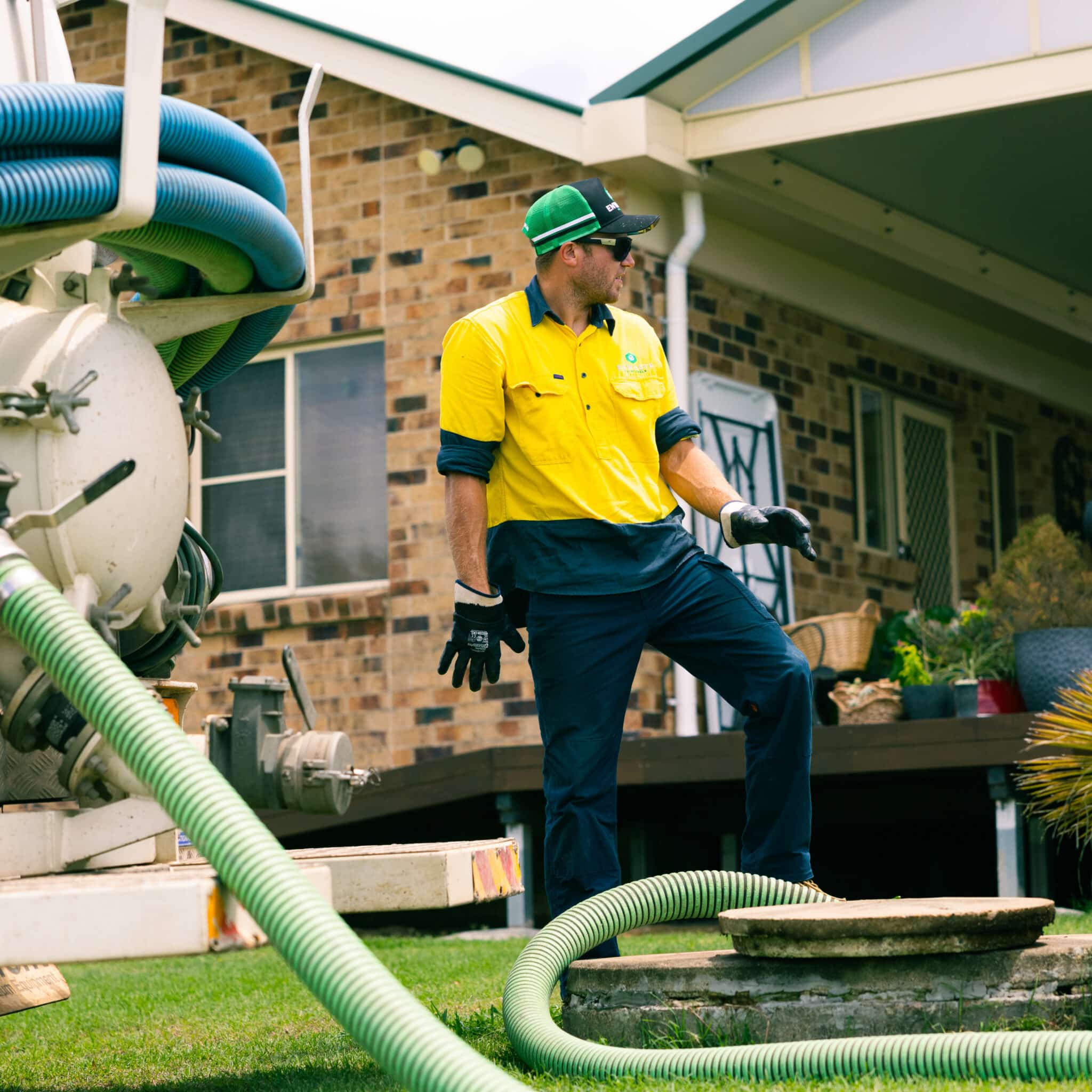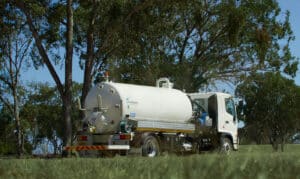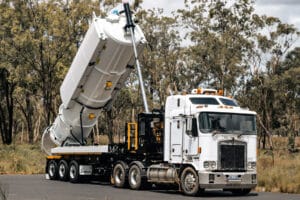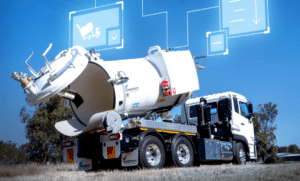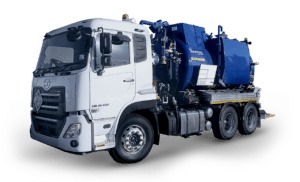Vacuum truck safety plays a crucial role in waste management, particularly in collection and disposal. Their operation comes with significant hazards that necessitate strict adherence to a host of safety guidelines. Here, we’ll delve into the essential protocols and best practices that will keep your operators, the general public, property and the environment protected from avoidable risk.
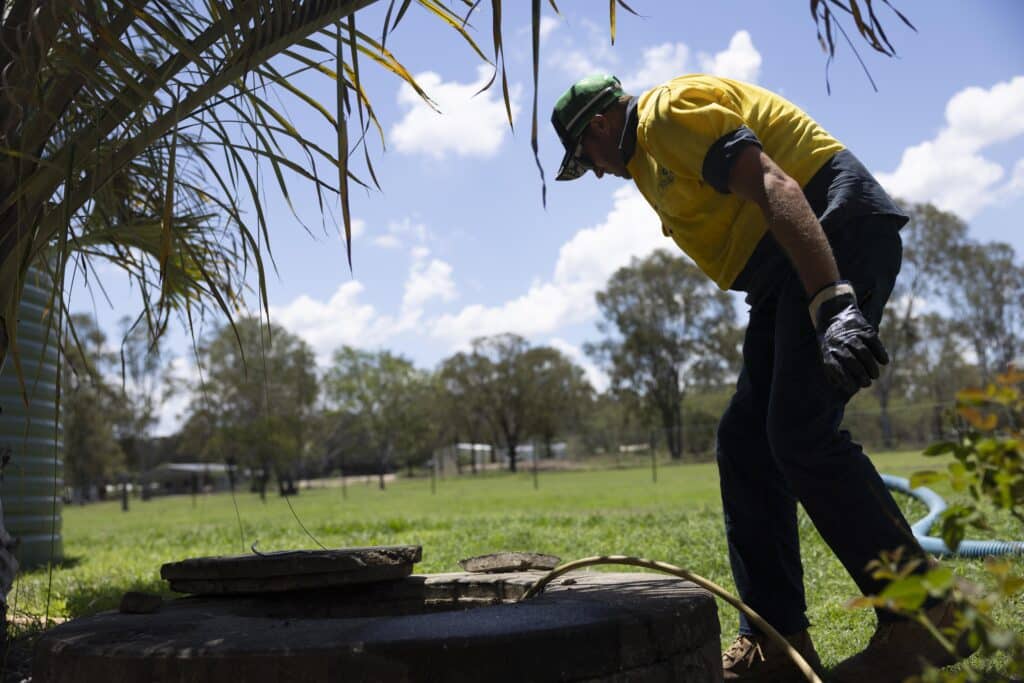
Personal Protective Equipment (PPE)
The foundation of vacuum truck safety begins with PPE. Operators should wear high-visibility vests, safety glasses, steel cap boots and hard hats. When handling hazardous materials, additional gear such as gloves, face shields and respiratory protection might be necessary. This equipment protects operators from chemical exposure, physical injury and other potential hazards that can impact health and safety with compounding exposure to legal liability.
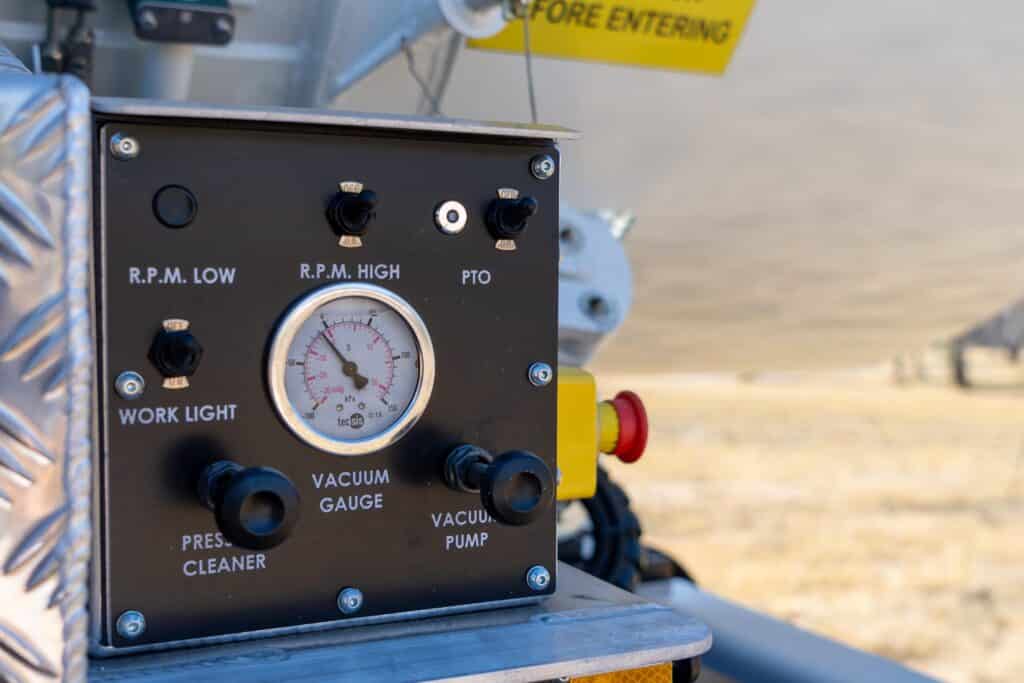
Proper Equipment Setup
Before operation, a thorough inspection of your vacuum truck is crucial. This includes checking the vacuum system, hoses and tanks for any signs of wear or damage. Ensure that all components are in good working order to prevent accidents and equipment failure. Additionally, vacuum truck safety should include external considerations such as warning signs and barriers to safeguard operators and the public. If you need any support with this or other maintenance tasks, Vorstrom can provide vacuum truck servicing as required.
Safe Operating Techniques
Operators must be sufficiently trained in the safe operation of vacuum trucks. This includes understanding the limits of the equipment, proper positioning of the truck, and the safe handling of hoses and nozzles. Don’t leave out the broader details, including the importance of being aware of their surroundings to avoid collisions and injuries, especially when working in busy or confined areas.
Handling Hazardous Materials
Extra caution with vacuum truck safety when dealing with hazardous material is paramount. To prevent personal and environmental damage, operators must be knowledgeable about the materials they are handling and the associated risks. Emergency procedures, including spill containment and first-aid measures, need to be well understood with sufficient training to readily implement if needed.
Training and Certification
Comprehensive training and certification in vacuum truck safety include the technical aspects of operating the equipment as well as safety protocols, emergency response and environmental regulations. Well-trained operators are less likely to be involved in accidents and are better prepared to handle unexpected situations.
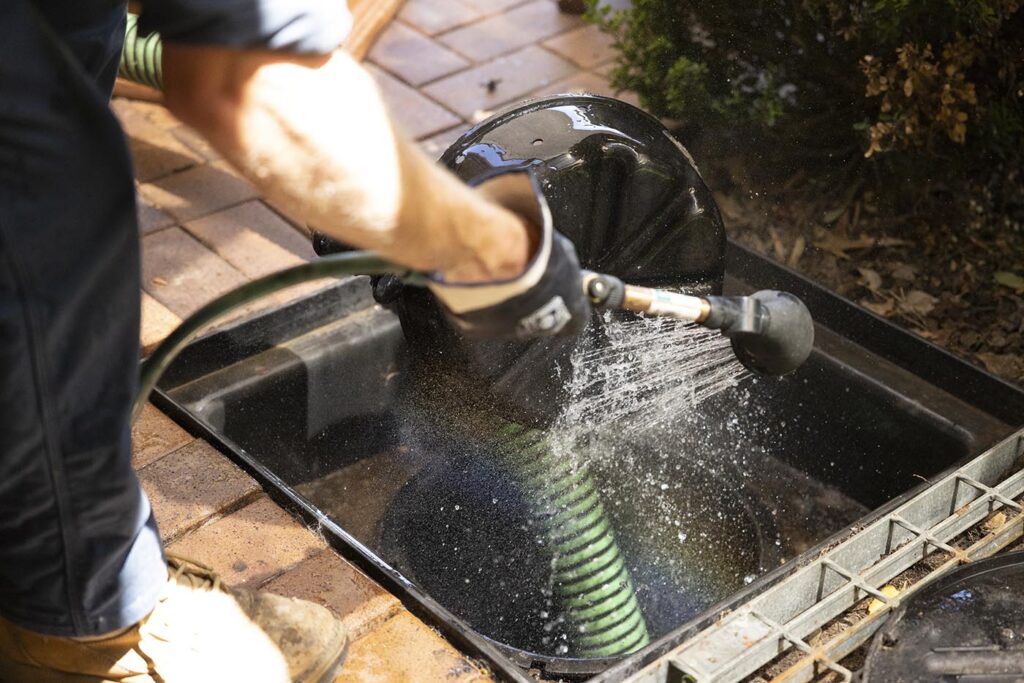
The Safety Benefits of Vacuum Trucks
By safely and efficiently handling waste materials, vacuum trucks play a vital role in maintaining public health and safety. They minimise direct exposure to hazardous materials, reduce the risk of spills and accidents, and help ensure compliance with environmental and safety regulations.
Vorstrom Vacuum Trucks: A Case Study
Vorstrom is exemplary at integrating advanced vacuum truck safety features. For instance, the Vorstrom Liquid Ring Series incorporates explosion-proof components and an emergency stop system. The Compact Series, ideal for urban settings, boasts a compact design for safer manoeuvrability and the Industrial Series is equipped with heavy-duty materials and safety alarms, catering to industrial waste needs.
Vorstrom Vacuum Truck Services
Operating vacuum trucks safely demands a comprehensive approach. Training and certification are the backbones of this process, ensuring operators are well-equipped to handle the complexities of their role. With the integration of advanced vacuum truck safety features, we commit to safety and efficiency, further enhancing the role of vacuum trucks in environmental management.
Get in touch with our team today to discuss your specific vacuum truck needs.
